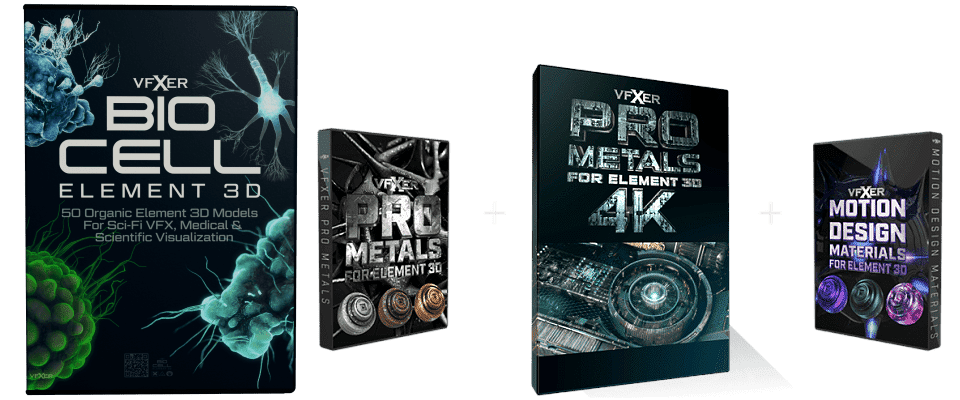Unleash Your Inner Spielberg: Recreate Jurassic Park Using Blender
In this fantastic tutorial from Rob Dickinson at Decoded, you get to see how he recreated the T-Rex escape scene from the movie Jurassic Park in the 3D modeling software, Blender. The project was ambitious, not just technically but also because the original scene is a beloved movie moment with high-quality VFX.
One of the main challenges was figuring out the focal length of the camera used in the original shot. To do this, Rob normally uses a free tool called f spy, but the curved wall in the original footage made it impossible to find two sets of parallel lines. Instead, he turned to motion tracking in Blender, which tracks points as they move around the screen. This allowed him to work out the focal length of the camera and the position of those tracking points relative to each other. However, because the original shot was filmed with a camera that didn’t move in 3D space, there was no parallax information, making the process more difficult. Ultimately, he had to eyeball it, using measurements of the car from online sources to line up a car model with the shot and figure out the probable focal length and position of the camera.
The second challenge was creating an accurate model of the car. He used a car library add-on called Traffic, but it didn’t have the 1992 Ford Explorer used in Jurassic Park. He found a CAD model online but had to fix the topology and strip away the bad parts to create a model from scratch. He added modifications to turn the Explorer into the Jurassic Park car, using a reference site for real Ford Explorer modifications. He added details such as the exact paint colors, brand and model of the lights, and modified the headlights using a glass shader with a bump input to create a textured effect.
Rob also used a weighted normal modifier to fix shading issues on the mesh and projected an image of the car paint onto the model to get an idea of how it would look when painted properly. He then added the fence and trees in the background, using reference images to create models that matched the scene. He also created a rain effect using particle systems and an HDRI lighting setup.
The final result was impressive, with the recreated scene looking almost identical to the original shot, highlighting the power and versatility of Blender.


